MANCHESTER ANGLERS’ ASSOCIATION – HORTON IN RIBBLESDALE FISHERY : OUR HISTORY
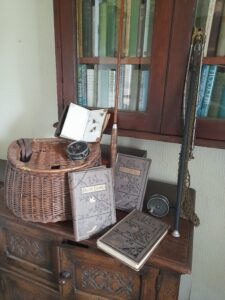
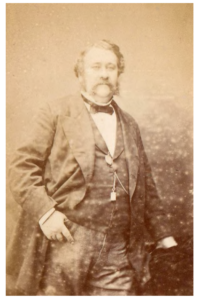
Manchester Anglers Association was founded in 1878 as a fishing and literary society. For the first few years, Members sought fishing where they could and gathered together in Manchester monthly to recount their experiences. Our first President, Colonel John Mawson, pictured here, founded the 7th Lancashire Artillery Corps.
An early decision was taken to try to find suitable trout fishing that the club could lease and a number of locations were assessed for their suitability including the Derbyshire Wye and North Wales. One of the criteria used to evaluate such waters was ease of access. Another was the ready availability of friendly accommodation. Remember that these were days before motorised transport and rural roads were still fairly primitive.
The overriding need was to find waters that could be readily accessed by rail and eventually attention was drawn to the headwaters of the Ribble that had recently come within easy reach of Manchester as a result of the activities of the Midland Railway who had in 1875 completed their new Scottish mainline extension via Ribblesdale.
Scouting parties reported a river with great potential and no resident club. Also available was an abundance of accommodation in two inns at Horton in Ribblesdale and farmhouses dotted along the river.
The MAA arrived at Horton in Ribblesdale in 1882 and immediately began to establish a presence by securing a club room at the Golden Lion (the rod rests survive in the entrance hall to this day) and making plans for the preservation of brown trout. These were found to be in short supply despite the river offering good habitat and conditions. The reason for the limited stock was discovered to be the presence of the very railway that enabled members to reach Horton from Manchester so readily.
During construction of the line it had not taken the vast army of navvies long to work out that their monotonous diet could be supplemented with fresh trout. Frequently on a Sunday the river would resound to the blows of hammers and the dull thud of dynamite as the navvies went about their unique method of fishing. Pools were dynamited and large rocks given a hefty blow with a sledge hammer to stun the fish hiding under them.
***************
ROBERT WALKER AND NATHANIEL HUNT, OUR FIRST RIVER KEEPERS
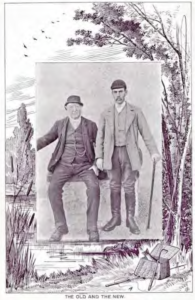

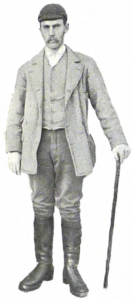
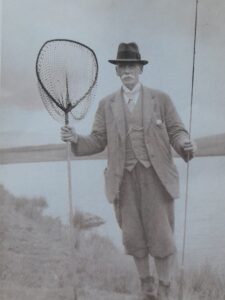
Robert Walker, known as the “Sergeant” due to his courage in apprehending sheep rustlers in 1857 which nearly cost him his life, managed the highly regarded hatchery. He was greatly respected by all who knew him and when Walker died in 1899, a gravestone was erected by the Association in the Churchyard in Horton village.
Nathaniel Hunt, who had led a quieter life, took over in 1900 and, after a short period of ill-health, remained as esteemed river keeper until his death in 1938. He carried on with Walker’s work at the hatchery and maintained a daily diary of conditions.
***************
ALFRED JARDINE
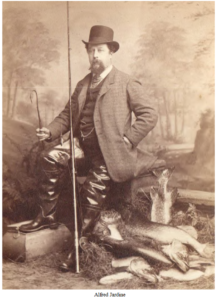
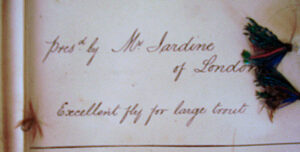
Member Alfred Jardine was elected in October 1879 and was a piscatorially erudite specimen hunter from Kent. In the 1883 International Fisheries Exhibition he came to public attention for exhibiting several specimen cased fish. In 1898 alone the Fishing Gazette listed him as having captured four pike over 30lbs and a dozen over 20lbs. His works included ‘Pike and Perch’ and he contributed to ‘Angling and How to Angle’. He designed the famous range of patented ‘Jardine Snap Tackle’.
***************
FRANCIS FRANCIS
Hon. Member Francis Francis was elected on July 15th 1881. He was a prolific writer on angling and his works include ‘A book on Angling’. He was Editor of ‘The Field’ magazine for over 25 years. Although buried in Twickenham, there is a memorial to him in Winchester Catherdral.
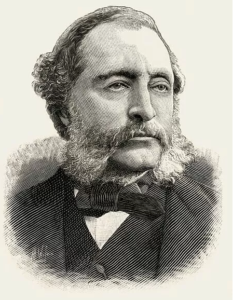
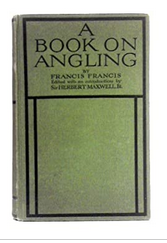

***************
ARTHUR RANSOME
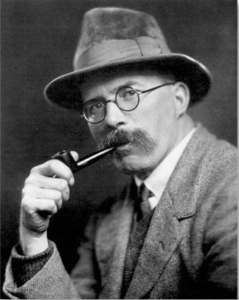
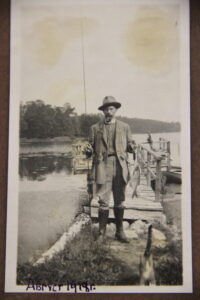 (copyright both images) Arthur Ransome Literary Estate, used by kind permission.
(copyright both images) Arthur Ransome Literary Estate, used by kind permission.
Member Arthur Ransome wrote about his experiences of fishing the tarn during a solar eclipse at 6.24am on the morning of June 29th 1927. Originally written for the Manchester Guardian, it was later published in his widely acclaimed, World renowned , book ‘Rod and Line’. In it he describes how the fading of light into darkness caused a sudden quietness amongst the birds and the cessation of rising fish only to recommence just a few minutes later as the light began to re-emerge from the shadows.” Everything suddenly went dark. The noise of the curlews, peewits and small upland birds stopped. There was absolute silence, and it was as if a roof had suddenly been put over the Tarn …. The shadow passed and the Tarn was again in daylight, but it was twenty minutes later that I saw the first fish rise”. Nathaniel Hunt, our second river keeper, would tie flies for Arthur Ransome, who would sit there smoking his pipe and chatting about fishing and the condition of the river before collecting his flies and wandering off to test them out.
***************
ANGLERS’ EVENINGS
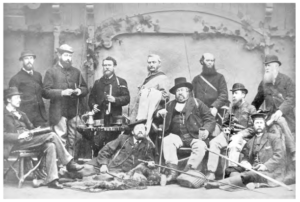
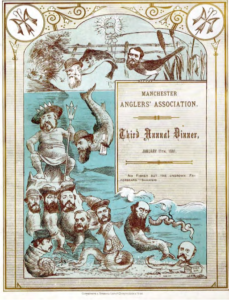
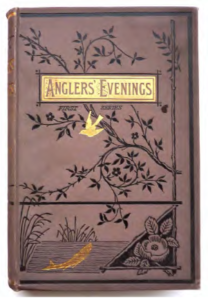
Manchester Anglers’ Association was also originally formed as a literary society. Angler’s Evenings is a trilogy of now famous vintage works published between 1880 and 1894 which recount the angling experiences and musings of it’s Members during their extensive travels all over the World, quite astounding for the time period.
***************
THE MOON LANDINGS
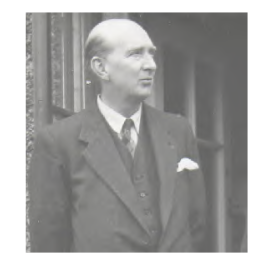
Leonard Marsden, President in 1951 and 1965, was Managing Director of tanning firm, George Nixon & co. in Ashton under Lyne. They crafted the leather for the Omega Speedmaster watches worn by Neil Armstrong and Buzz Aldrin when man first walked on the Moon on July 20th 1969. Armstrong left his watch inside the Eagle as the lunar module’s electronic timer wasn’t working properly. Aldrin, however, did wear his and so became the first watch to be worn on the Moon. Earlier stories that these watches are still lying there in the Sea of Tranquility ‘ for all time’ were later clarified when Aldrin stated that his watch was later lost on it’s way to the Smithsonian Institute but the fate of Armstrong’s watch is still unknown.
***************
HARRY KERSHAW
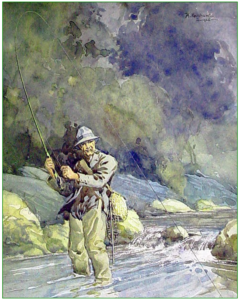
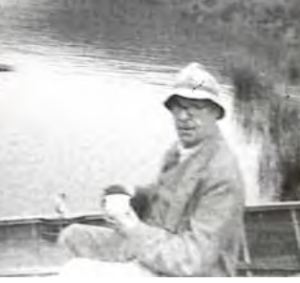
Harry Kershaw was President in 1937 and Association Librarian from 1942. In 1926, He produced this watercolour for Laurie Hardy, with whom he used to fish.
***************
T.E. PRITT
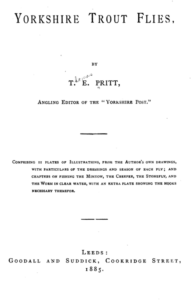
T.E. Pritt, a Lancastrian banker by trade, became Angling Editor of the Yorkshire Post and was a member of both the Yorkshire AA and Manchester AA. Amongst other works, he published the book “Yorkshire Trout Flies.” In it he described how to tie flies for fishing in northern waters and illustrated it with plates showing the artificial flies described. For his version of the ‘July Dun,’ wings were made from a starling’s quill, body from Yellow silk dubbed with a little mole’s fur and legs from fibre from a bluish dun hen’s neck. He said that “this was probably the same as Theakston’s pale blue Drake. It is common on most English rivers and a trout will occasionally take it with avidity.”
***************
CHARLES ESTCOURT
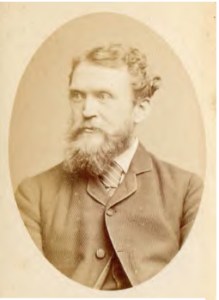
Founding Member Charles Estcourt sprang to public prominence as Manchester City Analyst during the alcoholic neuropathy epidemic of 1900, a now little known outbreak of disease that was originally attributed to excessive alcohol consumption amongst the poor, specifically of beer. His analysis proved that, although brewing sugar had already been found to be a primary contaminant, barley malt fired over open coal pits was also the cause. It was estimated that around 6000 people had died of arsenic poisoning and the removal of the identified toxin caused the disease to dissipate rapidly.
***************
THE HATCHERIES
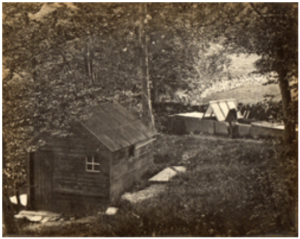
The Association developed two hatcheries on the outskirts of Horton village which were managed by the highly esteemed keepers, Walker and Hunt. In addition to browns, rainbow trout ova were imported from Germany to stock the Tarn. Although largely disused since 1946, native crayfish have recently been reared to re-stock the Tarn.
The above photo shows Nathaniel Hunt inspecting the rearing tanks at Douk Ghyll in 1906.
***************
CAPTAIN W PALIN
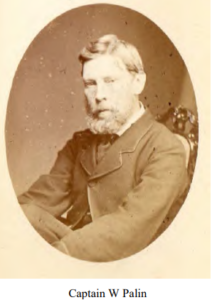
In 1857, at the young age of 32, Member Captain W Palin became the second Chief Constable of Manchester City Police having seen military service with the Honourable East India Company. Popular with his staff, he lobbied the Watch Committee for more police numbers along with better pay and conditions.
***************
JOHN SAMUEL SWIRE
Born in 1825, John Samuel Swire became one of the largest industrial magnates in the World with significant business interests in China and forming the Swire business empire. Essentially an adventurer, he had led a very colourful life including, at the age of 23, exploring parts of America hitherto only occupied by the native Indians, apocryphally holding the postal franchise for Arkansas 20 years before the advent of the Pony Express and twice being shipwrecked, once in 1878 on an isolated island in the Philippine Archipelago whereupon he led a landing party to meet the local tribal chief adorned with two pistols, a sun hat and an umbrella. How very British !
***************
OTHER INTERESTING PHOTOGRAPHS OF PAST MEMBERS
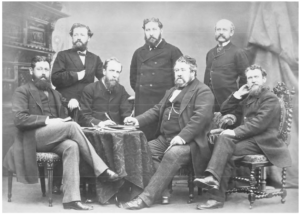
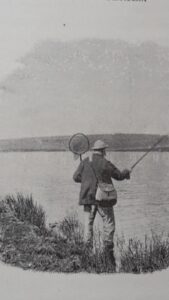
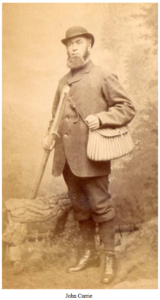
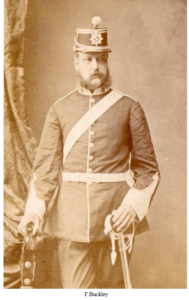
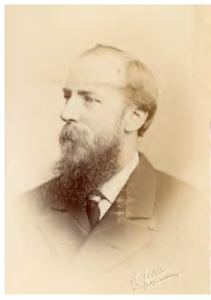
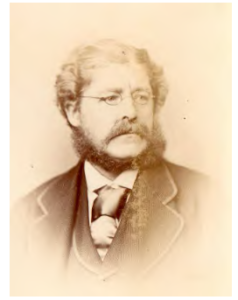
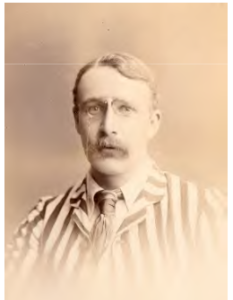
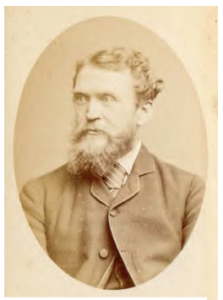
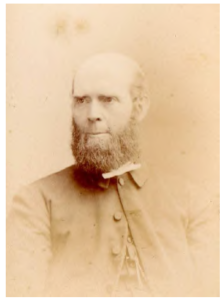
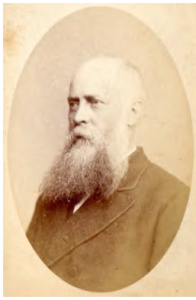
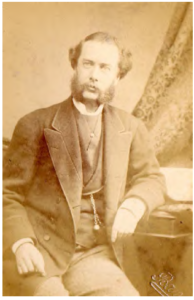
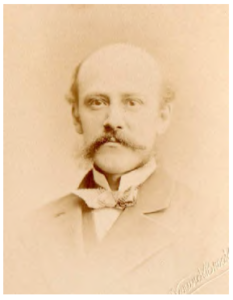
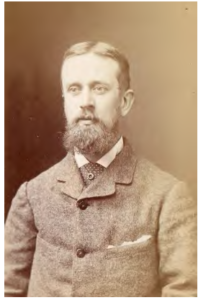
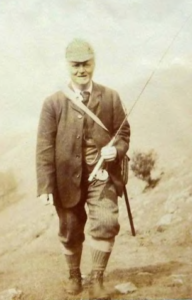
****************
FASCINATING SKETCHES FROM OUR ARCHIVES
The founding Members of the Association and their associates were keen amateur or professional sketchers, such as W G Baxter, and they drew out their piscatorial experiences and musings for the enjoyment of other Members.
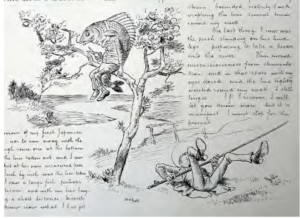
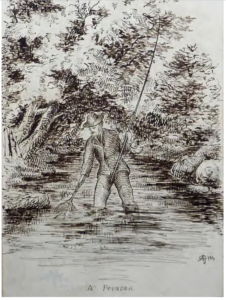
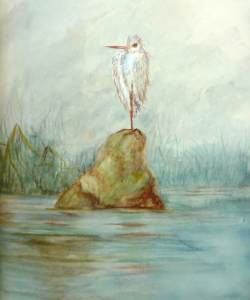
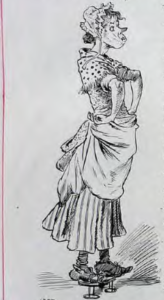
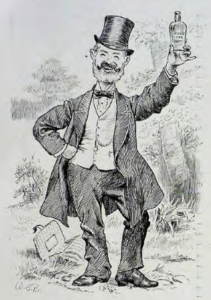
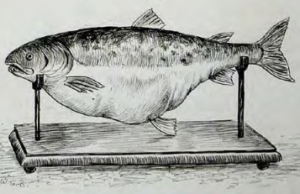
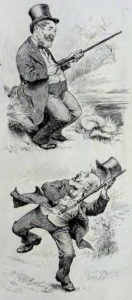
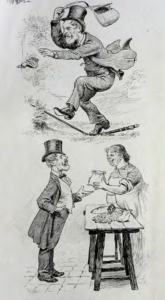
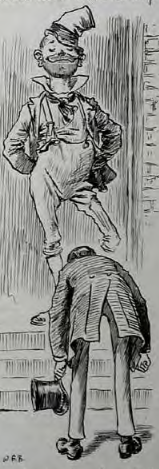
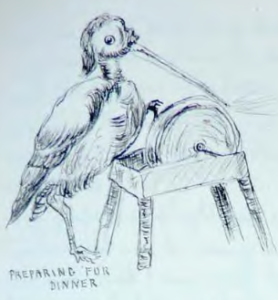
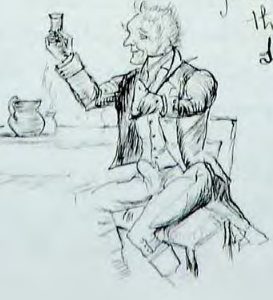

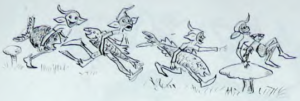
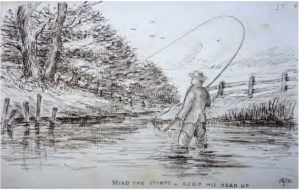
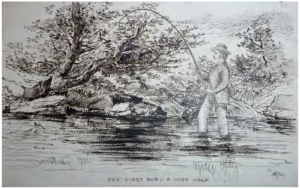
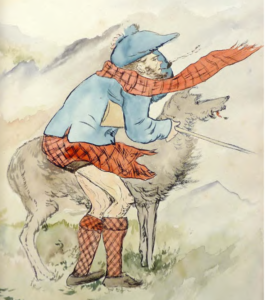
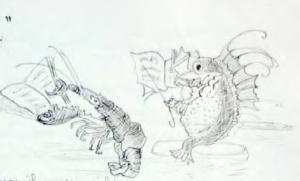
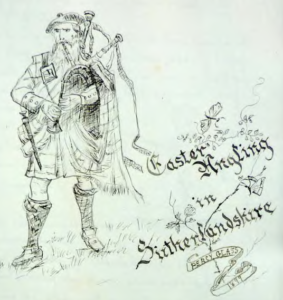
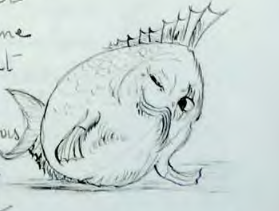
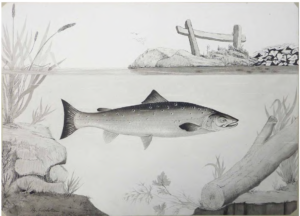

***************
FURTHER HISTORY
There is a truly astonishing collection of original manuscripts and documents painstakingly compiled by two Members of the Association, David and Jean Marsden, which are held online for the public to access freely at :
https://www.dalescommunityarchives.org.uk/content/catalogue_item/manchester-anglers-association or by searching “Dales Archives Manchester Anglers”.
Sit back and enjoy a unique chapter of British angling history that we’re all very proud to be associated with.
*******************************************************



